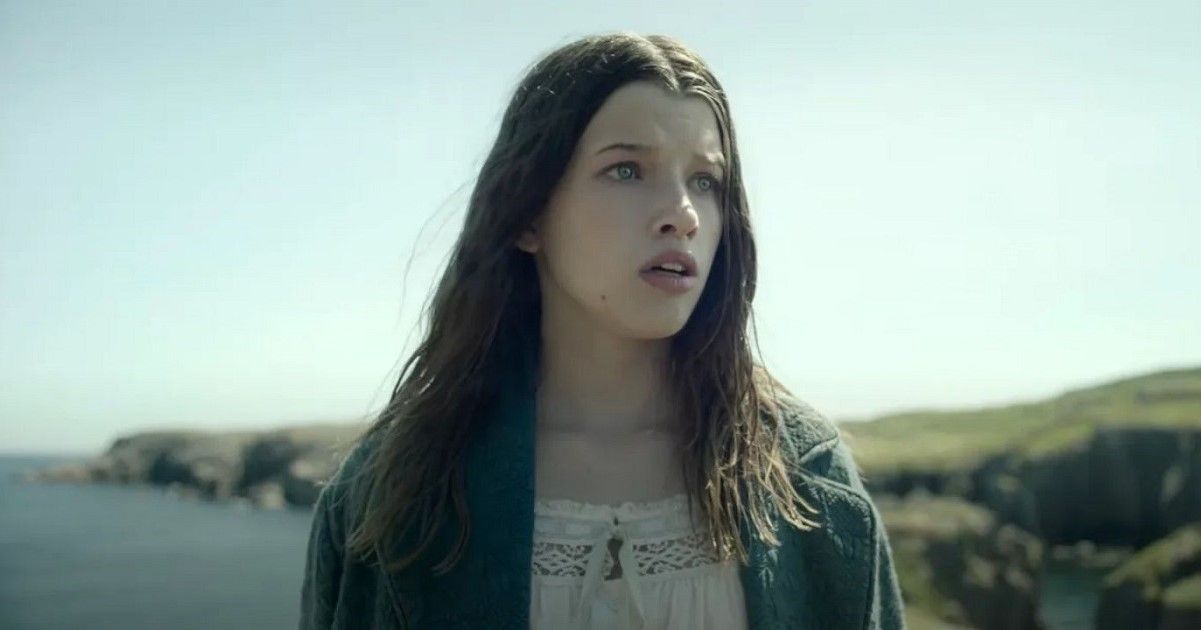Peter & Wendy premiered on Disney+ on Apr. 28, and its performance is dividing fans, to say the least. The film is a live-action remake of one of Disney’s most beloved classics, another one in the list of reboots that the company attempts to do with actors and actresses without much success. This is not to say that most live-action remakes have flopped, but Disney is having trouble finding the formula to bring its most iconic movies to the 21st century.
More conservative voices would argue that remaking the original animated films is a mistake, but that would be simplifying the issue. Some of these movies have performed better than others, and it’s not the same to remake a film from the 50s as one from the 90s.
So, did Peter Pan & Wendy change the source material too much or too little? Aside from any commercial cutbacks or sudden decisions that affect the result, there is still a complicated relationship with the source material that isn’t finding a proper balance between what should be changed and what should remain.
How Peter Pan & Wendy Changed the Source Material
Again, what should remain in a remake and what should be changed in a Disney classic is debatable. Still, with Peter Pan & Wendy, although many things changed, the film did reuse most of the elements of the original movie. Most characters are there: Hook, Peter, Wendy’s siblings Michael and John, Smee, Tiger Lily, and the lost boys.
Yes, the “problematic” ones disappeared, as did the mermaids and the rest of Tiger Lily’s tribe. Yet, it would be an overstatement to say they were crucial to the original plot, as the scene contributed to the character building but could easily work without them. Ultimately, the remake re-arranges the characters, giving more leading roles to some and diminishing other’s parts.
The elephant in the room for this remake is the movie’s message. As said, it’s not the same to remake a film from 70 years ago as a recent one. Audiences change, and representation matters, not only in terms of diversity but also in speaking about values that reflect on viewers’ lives.
The metaphor of Neverland as a place where not to grow up has always been there, but the 1953 rendition didn’t expand as much on it. The 2023 version made it almost the movie’s front line, which is probably the cause of the character’s transformation for the film.
The challenges and fears of growing up changed the protagonists’ roles. Peter Pan transformed from a rebellious boy who sustains the never-growing-up metaphor to a traumatized child, which may be sadly recognizable for some young viewers. Wendy’s change reflects not only a relevant female audience but also the element that alters the status quo of Neverland.
Finally, Captain Hook becomes a modern villain, showing a redeemable side. There are more changes, but these are the most relevant for the plot.
Returning to the initial question of how much change is accepted, the answer shouldn’t come solely from viewers’ feelings toward the original film. This means the alterations make sense from a shift in era perspective. Plus, viewers who were children in 1953 are probably less concerned with kids’ movies, which differs from children of the 90s.
In other words, the change is acceptable regarding the script, as core changes affect everything around it. Of course, this doesn’t make a remake automatically good, and Peter Pan & Wendy is an example. However, it still serves the point that rebooting an animated classic almost frame-per-frame isn’t the answer either.
Did Peter Pan & Wendy Go Further Than Other Live-Action Remakes?
Speaking of other remakes, Peter Pan & Wendy is an odd case compared to other live-action movies. Lady and The Tramp, Pinocchio, and Dumbo would be a more accurate comparison. Interestingly enough, the three are very different experiments on how to remake a classic.
Whereas Lady and The Tramp was respectful to the source material, its noticeable visual changes, from animated animals to life-like dogs, make for a very different experience. Pinocchio mostly did the same, with minor changes, but its visual aspect isn’t as different as it could be, with the main character resembling very much its 1940s hand-drawn counterpart. The odd element of this triad is Dumbo, which altered the story and the visuals almost completely.
Peter Pan & Wendy falls somewhere in the middle of this. Keeping most of the original characters is very respectful in terms of a remake, and the visuals are clearly inspired by the original movie, yet emphasizing the core message and giving it a different perspective does shake the original film’s foundations.
The poor reception of it is probably the result of a complex balance between being too conservative and too innovative, which the movie fails to achieve. However, that is not necessarily a problem of how much the source material was changed.
In the end, reworking classics is always a challenge and is bound to touch some sensitive nerves in fans of the source material. That aside, Peter Pan & Wendy’s mistakes are not necessarily tied to altering the original content too much; the most crucial point is to have criteria based on how much audiences changed since the animated film’s release.
Furthermore, it is important to reinterpret the message for present kids, as they expect a different pace and values from the original ones. After all, they are the true judges of how much change to the source material is acceptable and can give Disney some hints for future remakes.
This story originally appeared on Movieweb


